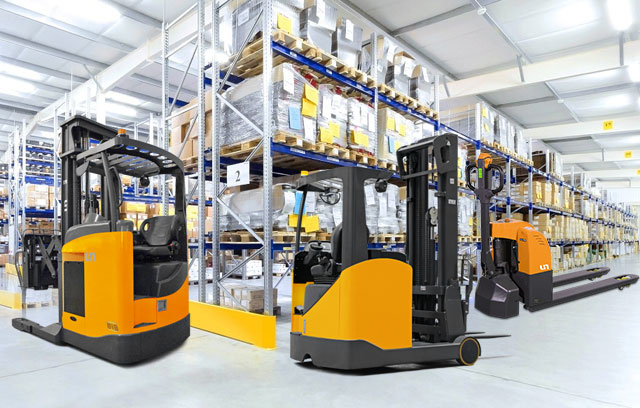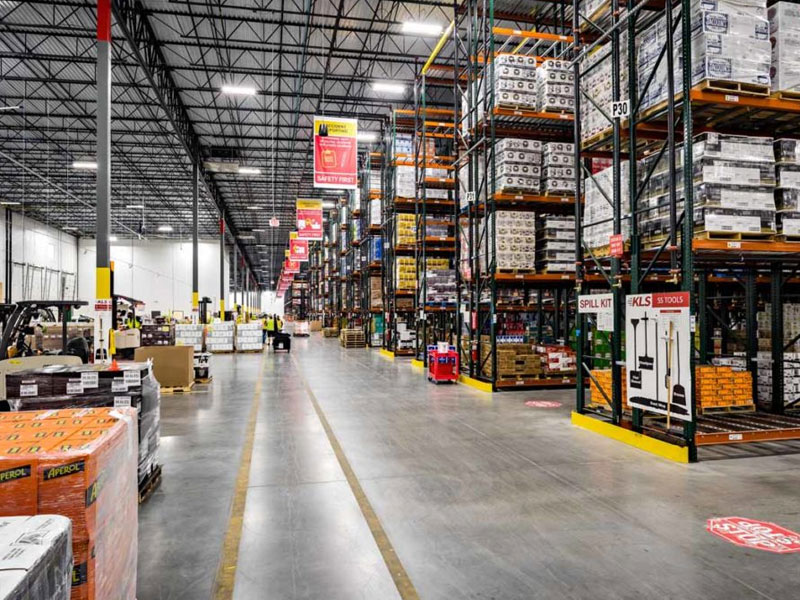For a long time, forklift drivers did not benefit from air conditioning inside the cabin. Many reasons would explain this missing comfort: extreme compacity of the machine with a very tight engine or battery compartment which does not allow to install an air conditioning compressor, as well as a narrow cabin which limits any evaporator unit’s implement. And last but not least, the electric powers of these forklifts, 48V or 80V, with uncommon components for the automotive market, were also problematic because no air conditioning solution existed in such voltages.
Many forklift manufacturers have been focused on these problems Since 2009. Thus, a wide range of full electrical air conditioning systems applied to forklift trucks.
This range covers 12V, 24V, 48V, 80V, 120V and over, and it has been designed in two versions: compact rooftop or split system, both enable delivery of cooling and heating functions. The choice of high reliability components makes this solution able to run in harsh conditions, with shocks and vibrations. A more powerful range has also been developed for working in a very warm environments, up to +55°C.
Easy to install, the rooftop unit is delivered charged in gas. You only must cut out the roof to make the electric connection with the batteries, and it does not require you to be an Aircon specialist.
The split system is more versatile, and it offers many possibilities for the installation. Designed in different dimensions, the evaporator inside the cabin may be fixed at the rear of the operator seat, on the sides or eventually in the forklift’s door. The condenser group (air conditioning compressor built in) may be fixed on the counterweight or on the top of the forklift via a roof rack.
In parallel from this electric range, “Stop & Comfort” line dedicated to the diesel engine machines and developed for taking benefit with air conditioning. These systems are able to run when the engine is off during the waiting periods of the machine (loading and unloading operations. It offers a lot of advantages: to be ozone friendly with less carbon emissions impact, to save fuel consumption and engine wear.











 中文简体
中文简体 عربى
عربى Español
Español














